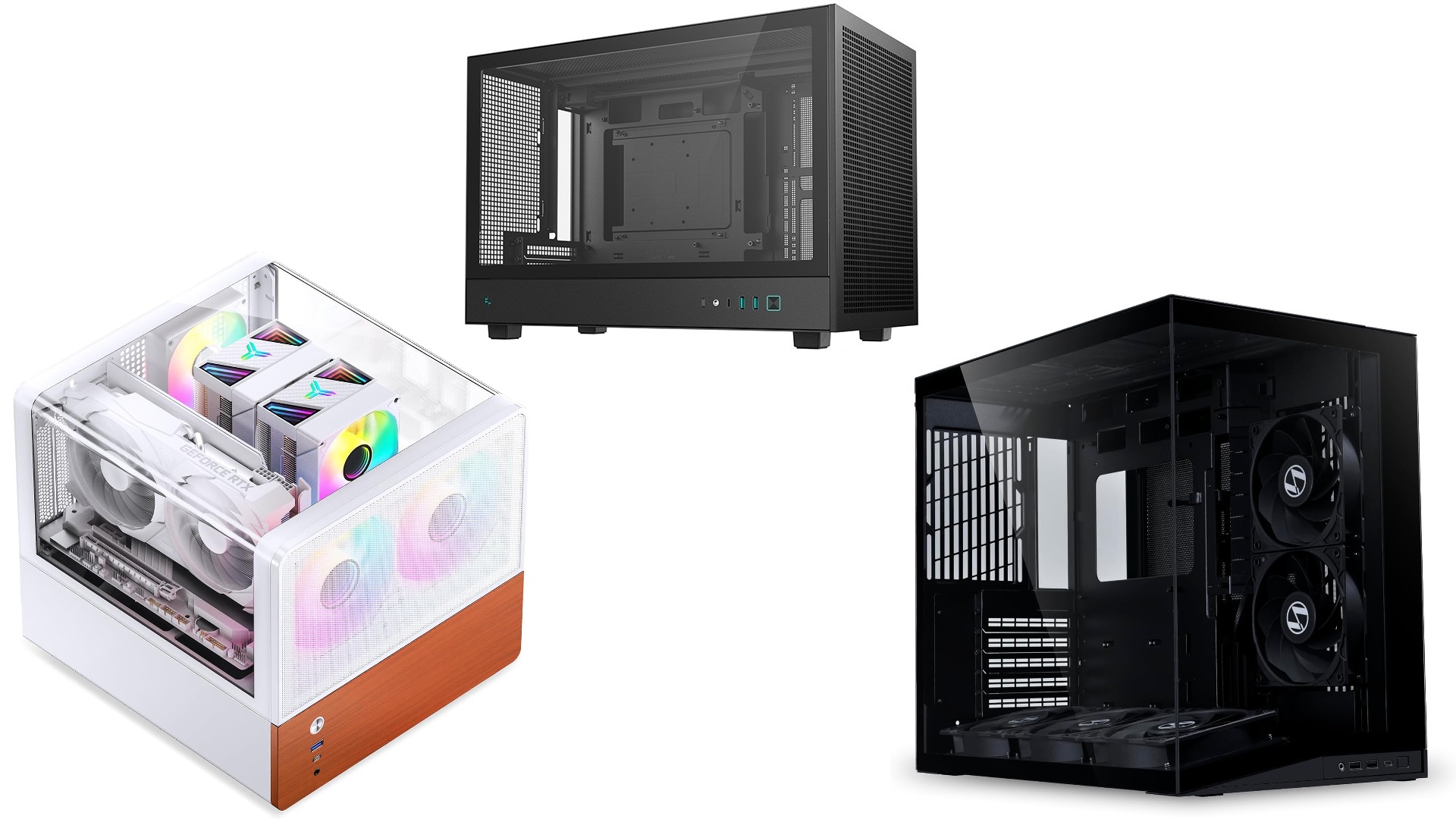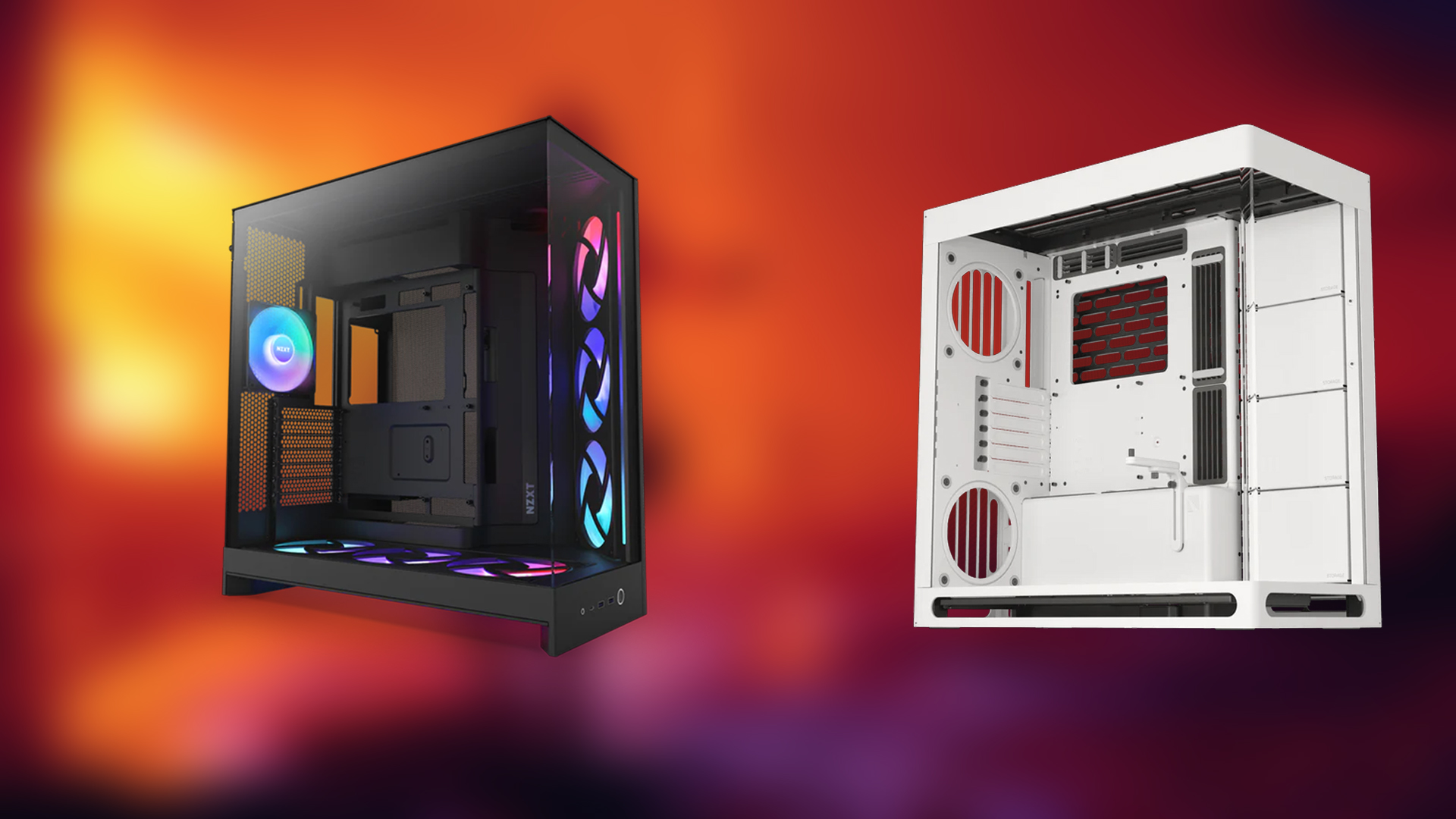Here’s everything you need to know about gaming performance, frame rates, and benchmarks on Radeon 890M and Intel Arc 140V.
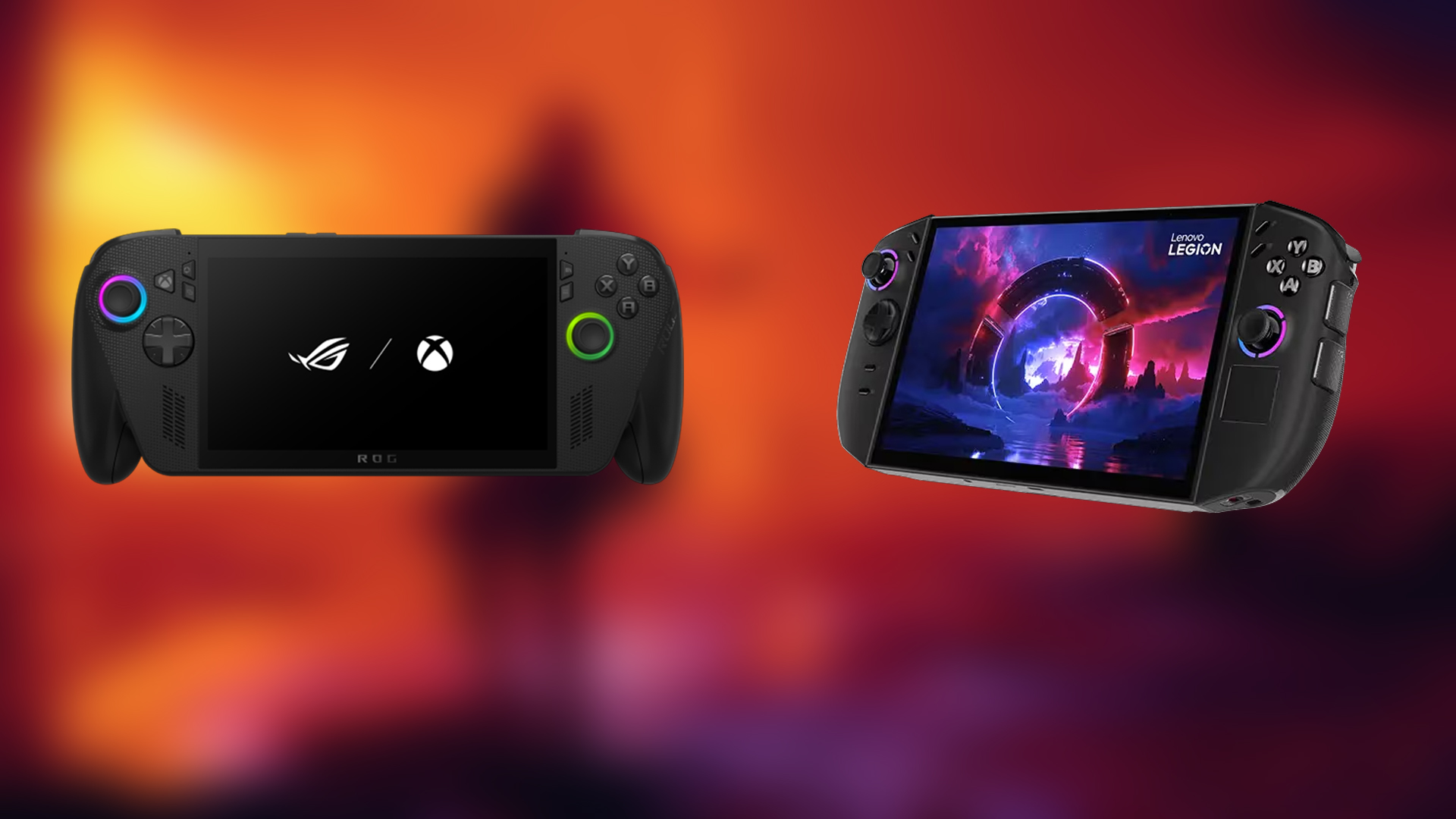
The Radeon 890M and the Intel Arc 140V are high-performance integrated GPUs for laptops, handhelds, and NUCs. In terms of real-world performance, they are almost indistinguishable. The guide below compares the two and highlights which one is better.
Read More: 5 Best GPUs for Premium 1440p/2K Gaming
AMD Radeon 890M vs Intel Arc 140V: Detailed Comparison
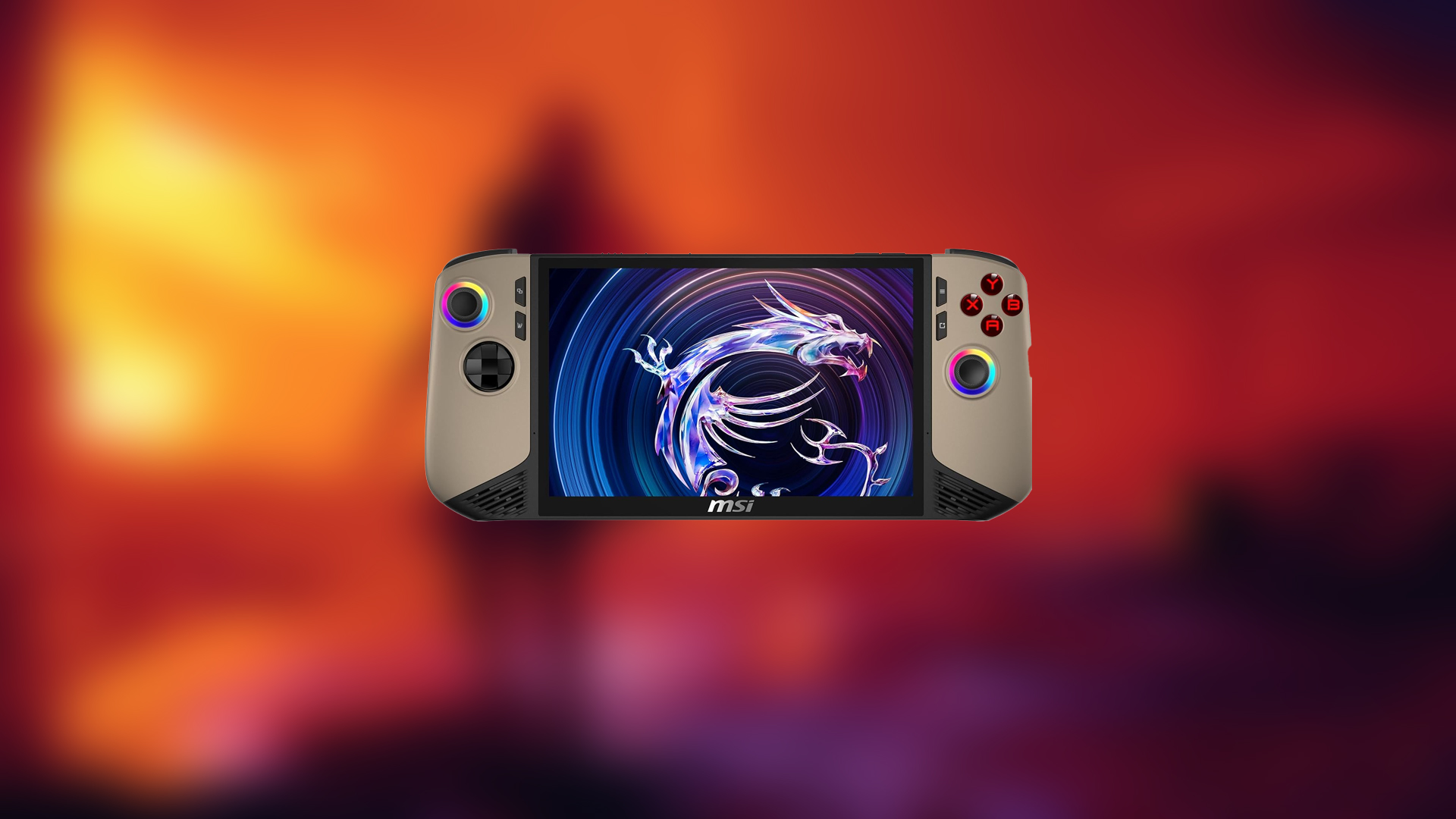
The Radeon 890M can be found in Strix Point-based chips such as Ryzen Z2 Extreme or Ryzen AI 9 HX 370. The Arc 140V is available on the Intel Lunar Lake platform, such as the MSI Claw. In terms of performance, here’s what you can expect.
Specs Comparison
| Specifications | AMD Radeon 890M | Intel Arc 140V |
|---|---|---|
| Architecture | RDNA 3.5 (Strix Point) | Xe2 Battlemage (Lunar Lake iGPU) |
| Shaders / Cores | 1024 (16 Compute Units) | 8 Xe2 Cores |
| Clock Speed (Base/Boost) | 800-2900 MHz | Up to 2050 MHz (Boost) |
| Texture Mapping Units | 64 | (unlisted) |
| Render Output Units | 40 | (unlisted) |
| Ray Tracing Cores | 16 (2nd Gen) | 8 Ray Tracing Units |
| Manufacturing Process | 4nm N4P (TSMC) | 3nm (TSMC) |
| Theoretical Performance (FP32) | 5.9 TFLOPS | ~6.24 TFLOPS (approximate) |
| Real-World Operating TFLOPS | 4.1 TFLOPS (actual ~2000 MHz) | 3.8 TFLOPS (actual ~1850 MHz) |
| Power Consumption (TDP) | 15W (minimum) | 30W (total system, ~15W iGPU share) |
| API Support | DirectX 12, Vulkan 1.3, OpenCL 2.1 | DirectX 12.2, Vulkan 1.4, OpenCL 3.0 |
Spec-wise, these two GPUs are nearly identical in terms of compute performance. However, these two architectures are very different, and comparing them based on theoretical performance won’t paint an accurate picture.
As for their lithography, the 890M uses the very efficient N4P node from TSMC, and the 140V uses the N3B node from TSMC. In terms of power efficiency, these two are neck-and-neck.
Synthetic Performance Comparison
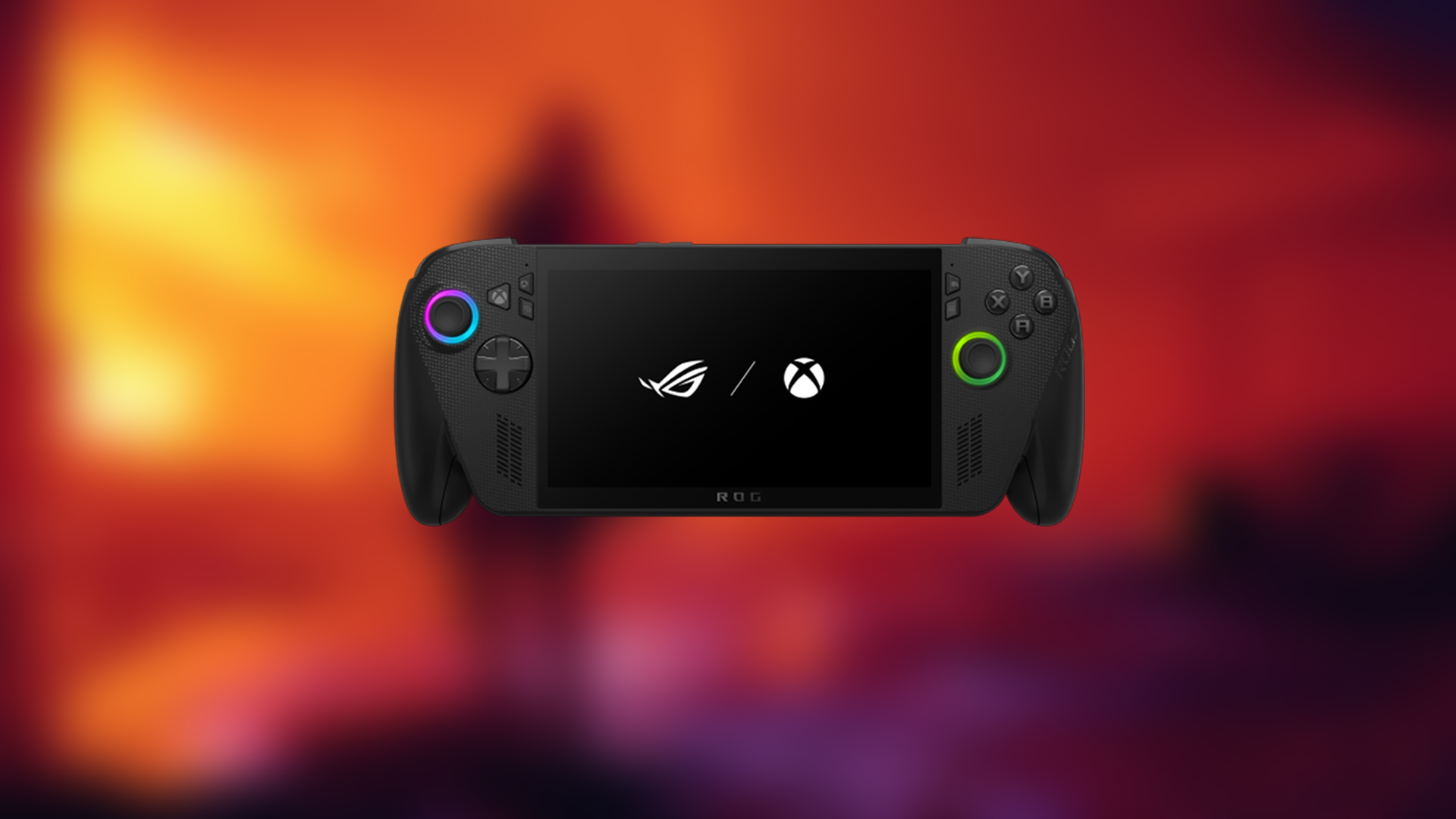
| Benchmark | Radeon 890M | Arc 140V |
|---|---|---|
| 3DMark Time Spy (Graphics) | ~3,350 – 4,100 | ~3,900 – 4,300 |
| 3DMark Fire Strike (Standard) | ~8,800 | ~8,800 – 9,000 |
| 3DMark Wild Life Extreme (Unlimited) | ~6,700 | ~7,500 |
| 3DMark Night Raid | ~37,000 | ~34,000 – 35,000 |
| 3DMark Solar Bay | ~14,850 | ~14,700 |
When looking at synthetic performance, the two iGPUs are very close. In some instances, the 890M wins; in others, the 140V wins.
Gaming Performance Comparison
These FPS numbers are sourced from publicly available information across the internet. Most of the settings were low and implemented upscaling, meaning. Games were running at 900p internally and then were outputting a 1080p image.
| Game | Radeon 890M | Arc 140V |
|---|---|---|
| Forza Horizon 5 | 60 FPS | 59 FPS |
| The Witcher 3 | 37 FPS | 62 FPS |
| Counter-Strike 2 | 54 FPS | 42 FPS |
| Far Cry 6 | 47 FPS | 50 FPS |
| Hogwarts Legacy | 22 FPS | 23 FPS |
| CoD: Modern Warfare III | 39 FPS | 42 FPS |
| Ghost of Tsushima | 23 FPS | 31 FPS |
| Cyberpunk 2077 | 23 FPS | 26 FPS |
| Shadow of the Tomb Raider | 42 FPS | 40 FPS |
As we can see from the comparison, both the GPUs are close together. On some titles, the Arc 140V wins; on others, the 890M wins. It’s a draw between the two.
Final Verdict on AMD Radeon 890M vs Intel Arc 140V
If we had to pick between the two, we’d go with the 140V. There are a couple of reasons behind this, and the biggest is that devices with iGPUs have gone down in price, particularly the MSI Claw handheld. However, the 890M can be found in the Xbox All X and other expensive Ryzen AI 9 HX 370-powered laptops.
In terms of performance, both are exceptional, and there isn’t a clear winner. But from a practical standpoint, the 140V is the better one.
Read More: 5 Best GPUs for FPS Games in 2025
Looking For More Related to Tech?
We provide the latest news and “How To’s” for Tech content. Meanwhile, you can check out the following articles related to PC GPUs, CPU and GPU comparisons, mobile phones, and more:
- 5 Best Air Coolers for CPUs in 2025
- ASUS TUF Gaming F16 Release Date, Specifications, Price, and More
- iPhone 16e vs iPhone SE (3rd Gen): Which One To Buy in 2025?
- Powerbeats Pro 2 vs AirPods Pro 2: Which One To Get in 2025
- RTX 5070 Ti vs. RTX 4070 Super: Specs, Price and More Compared
- Windows 11: How To Disable Lock Screen Widgets
 Reddit
Reddit
 Email
Email
